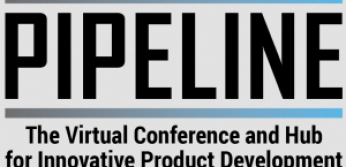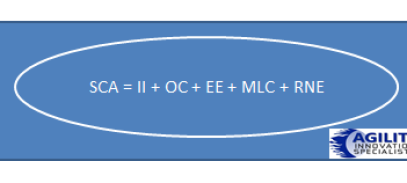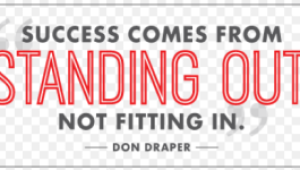 So what are you doing this Friday, June 6th 2014 to help in your innovation pipeline thinking?
So what are you doing this Friday, June 6th 2014 to help in your innovation pipeline thinking?
Fancy joining me and up to 2,000 others that are expected for an Innovation virtual conference.
One that has been constructed around an agenda, made up of a seemingly good mix of practitioners, a key-note or two and product development experts working through the end-to-end product development process, or selected bits of it, in a one-day event.
Crossing over the crossroads of conferences
Innovation conferences are for me at least, at a crossroads. I find many jaded, struggling to justify the costs and commitment of time we need to put in to participate, often in one way dialogues.
Continue reading “Make Virtual Room In Your Innovation Pipeline”








